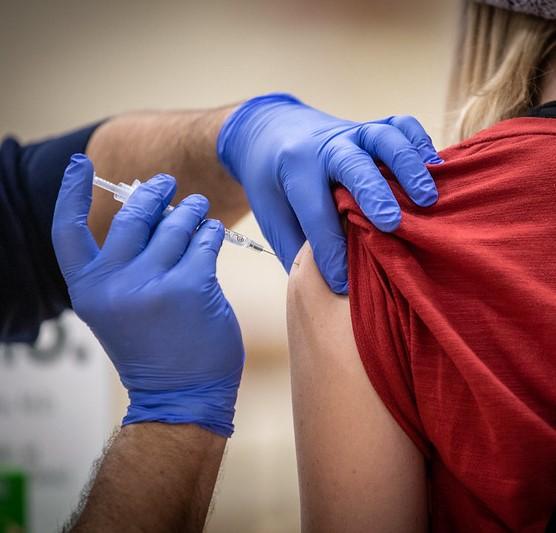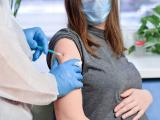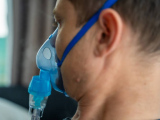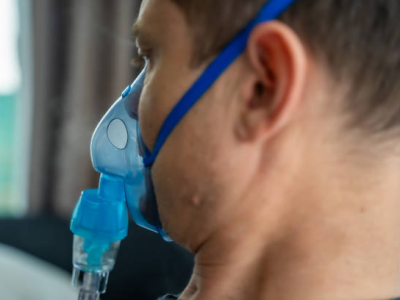The vast majority of adverse events (92%) recorded after people received the Pfizer/BioNTech or Moderna mRNA COVID-19 vaccines during the first 6 months of the US vaccine rollout were mild and transient, according to an observational study published yesterday in The Lancet Infectious Diseases.
Slightly more instances after dose 2
Using the passive Vaccine Adverse Event Reporting System (VAERS) and the new active surveillance system v-safe, Centers for Disease Control and Prevention (CDC) researchers analyzed data on more than 298 million doses of the vaccines administered from Dec 14, 2020, to Jun 14, 2021.
Over the study period, 298,792,852 doses of the Pfizer and Moderna COVID-19 vaccines were administered in the United States. Of the 340,522 adverse-event reports, 92.1% were nonserious, 6.6% were serious, and 1.3% were deaths, according to VAERS. Over 80% of deaths occurred in participants 60 years and older.
More than half of the 7,914,582 participants in the v-safe system reported reactions to the vaccine within the first 7 days, more often after the second dose (71.7% of 5,674,420 participants for local reactions and 70.8% for systemic events) than after the first (68.6% of 6,775,515 for local and 52.7% for systemic reactions).
The most common reactions were injection-site pain (66.2% of 6,775,515 participants after dose one and 68.6% of 5,674,420 after dose two), headache (27.0% after dose one and 46.2% after dose two), most often on the day after vaccination. Less than 1% of participants said they sought medical care (0.8% after dose one and 0.9% after dose two).
The study authors noted very slight increases in anaphylaxis (severe allergic reaction, at 5.5 instances per million vaccine doses) and myopericarditis (inflammation of the heart muscle and sac surrounding the heart; 4.4 per million).
No worrisome findings
In a Lancet news release, coauthor Tom Shimabukuro, MD, MPH, said that VAERS and v-safe are important tools to help identify unexpected or unusual vaccine-related events. "These data are reassuring that reactions to both mRNA vaccines are generally mild and subside after one or two days—confirming reports from clinical trials and post-authorization monitoring," he said.
Senior author David Shay, MD, added, "The rapid pace at which COVID-19 vaccines were administered under emergency use, especially among older populations, was unprecedented. Due to their age, this group already has a higher baseline mortality rate than the general population, and our results follow similar patterns of deaths rates for people in this age group following other adult vaccinations."
In a related commentary, Matthew Krantz, MD, and Elizabeth Phillips, MD, both of Vanderbilt University, said that the safety monitoring of these vaccines is the most comprehensive of any vaccine in the United States.
"The use of these complementary monitoring systems has provided robust and reassuring data on the epidemiology of adverse events related to mRNA COVID-19 vaccines that reinforce the importance of both continued surveillance and safety of COVID-19 immunisation and support continued confidence in vaccination," they wrote.
The two add, "No unusual patterns emerged in causes of death or serious adverse events among VAERS reports.… For adverse events of special interest, it is reassuring that there were no unexpected signals other than myopericarditis and anaphylaxis, already known to be associated with mRNA vaccines."





















